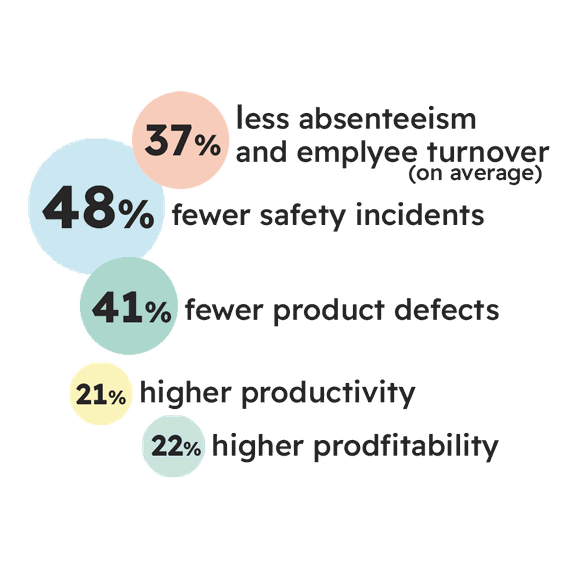Return on Investment is a process that measures change in profits related to training/cost of training. If you convert these to percentages, it's ideal to have an ROI of over 100%. A 100% ROI means that you've earned your money back, but haven't increased revenue. An ROI of less than 100% means you've actually lost money on the training.
Training and development ROI (Return on Investment) measures financial or non-financial benefits gained from the investment in employee training and development initiatives. It quantifies the value and impact of training by comparing the costs incurred with the tangible or intangible outcomes achieved, such as improved performance, productivity, employee engagement, and retention.
Helena Ståhl is licensed through a 12 months training process at the ROI Institute and has measured ROI for over 20 years.


We measure the results of all training with the Return on Investment (ROI) method. This is the most effective way to ensure that a client’s investment results in targeted goals. You can only measure training that lasts for a minimum of 6 months.
We measure ROI on individual, team, and company levels, and before, during, and after training. A trainer must be licensed to use the ROI method.
Helena Ståhl is one of only approximately 100 active and licensed ROI trainers in the world.
To measure ROI you need to isolate the effect of the training. Choose three key measurements the training can have an effect on. For example employee engagement, increased profit, increased number of new clients, decreased sick leave, number of key people in new positions or promoted, employee satisfaction, increased efficiency, or trust for management.
The overall goals need to be defined by management and set on individual levels. Continuously following up and reporting back to management throughout the training is essential.

“This research is overwhelmingly showing that engagement, or the lack thereof, is at historic lows and that you can't operate a high-performing organisation without it. There are definite reasons why one organisation performs better than another.”


Helena Ståhl has a very extensive and deep experience of measuring ROI globally on five different levels and can design a training process that will ensure measurability and achieve set goals on five levels.
The ROI certification is approved through HR Certification Institute® (HRCI®) as well as by SHRM and the Training Industry toward the Certified Professional in Training Management Credential.
Helena Ståhl is licensed and active since 25 years back in ROI - Return on Investment - by the founder of the ROI Institute, Jack J Phillips. Helena studied for six months as well as did an examination and case study including measuring all five levels.
As a certified and experienced ROI trainer, Helena Ståhl can:
If you want the investment in training to show tangible results, ask the potential vendor the following:
